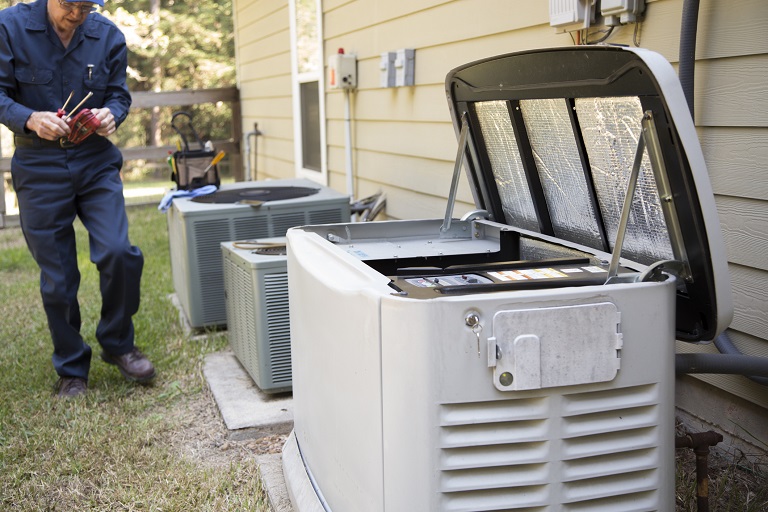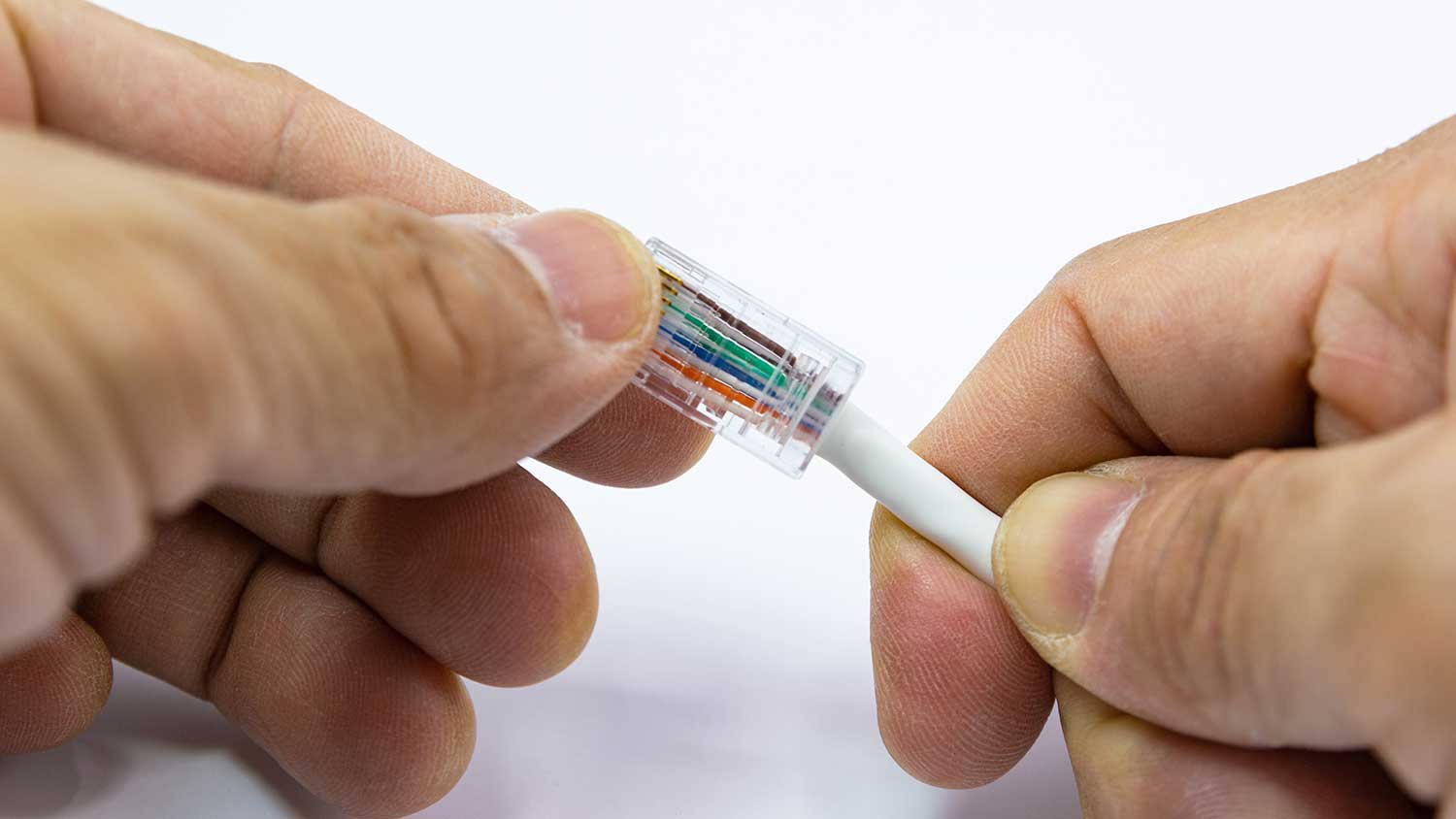
Kruger Electric
Kruger Electric
Our mission is to be a provider that brings back the personal touch with our customers. Please note we are currently only serving the Rochester area and immediate surroundings. We will build a relationship that will last a lifetime after you see our quality work. As a locally owned and operated business we feel invested in our clients and constantly strive for customer satisfaction. We won't leave until the job is done right! Call or click to schedule an estimate today!
"Very good."
Ron F on May 2025
Our mission is to be a provider that brings back the personal touch with our customers. Please note we are currently only serving the Rochester area and immediate surroundings. We will build a relationship that will last a lifetime after you see our quality work. As a locally owned and operated business we feel invested in our clients and constantly strive for customer satisfaction. We won't leave until the job is done right! Call or click to schedule an estimate today!
"Very good."
Ron F on May 2025












